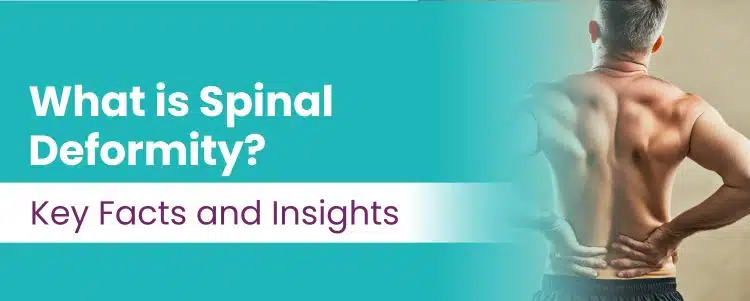

What is Spinal Deformity? Key Facts and Insights
When speaking of spinal deformities, we ought to think about structural abnormalities within the spine.
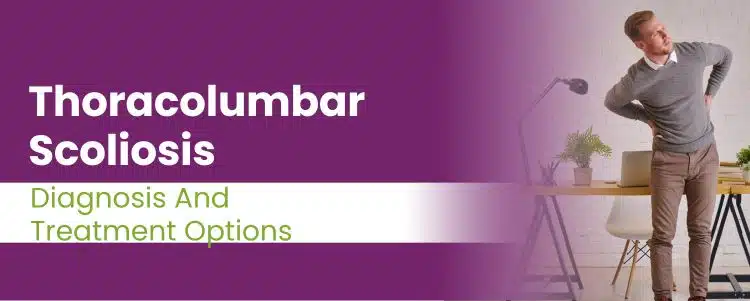

Thoracolumbar Scoliosis: Diagnosis And Treatment Options
Thoraculumbar scoliosis happens in the upper lumbar and lower thoracic sections of the spine.
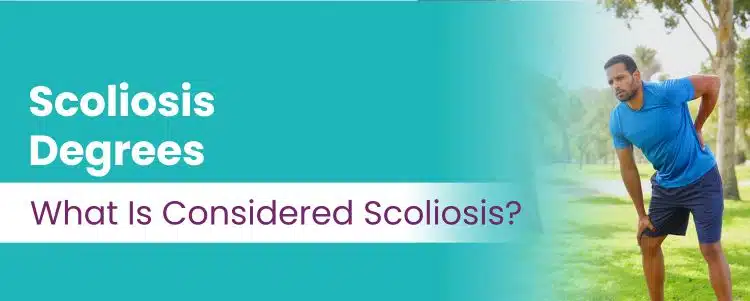

Scoliosis Degrees: What Is Considered Scoliosis?
Scoliosis is diagnosed when a patient’s Cobb angle measurement is over 10 degrees.
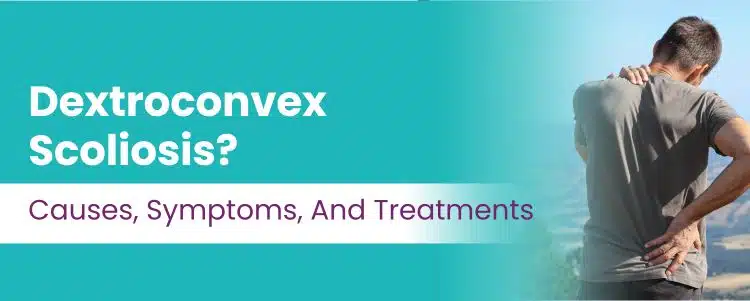

Dextroconvex Scoliosis? Causes, Symptoms, And Treatments
When a patient has dextroscoliosis but the orientation of the curve is mostly rounded outwards instead of inward, that is what we call dextroconvex scoliosis.
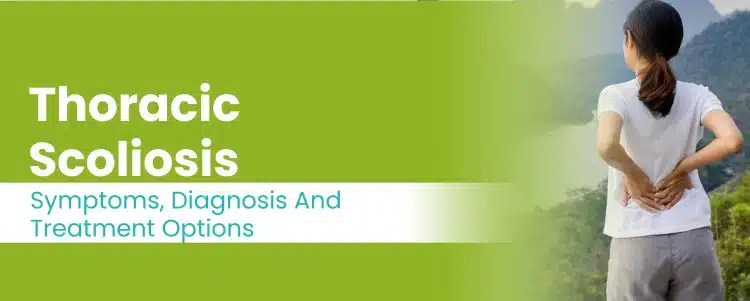

Thoracic Scoliosis: Symptoms, Diagnosis And Treatment Options
Thoracic scoliosis develops in the middle/upper back. Patients experience varied symptoms, which is why customized treatment is advised for these patients.
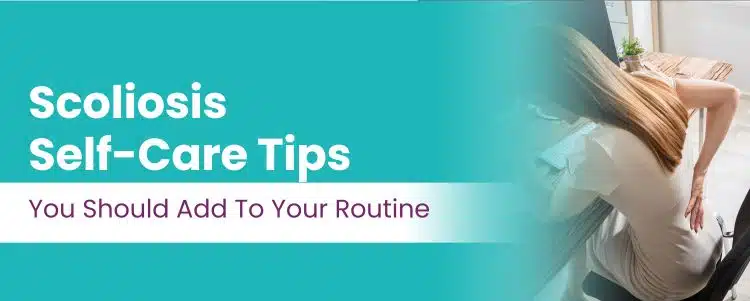

Scoliosis Self-Care Tips You Should Add To Your Routine
Living with any condition requires some form of self-care routine to maintain it under control.
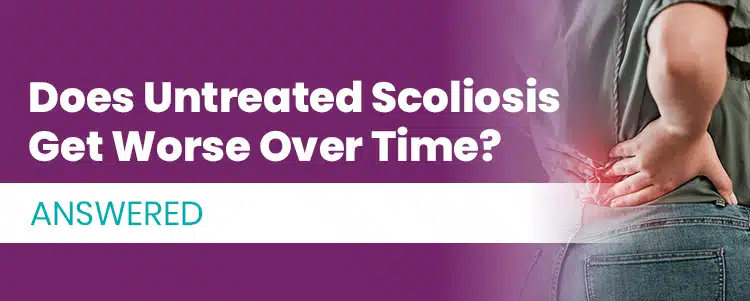

Does Untreated Scoliosis Get Worse Over Time? [ANSWERED]
Scoliosis nature is to worsen over time as it is a progressive condition. Its progression depends on the many factors such as patient age, size of curve among others.
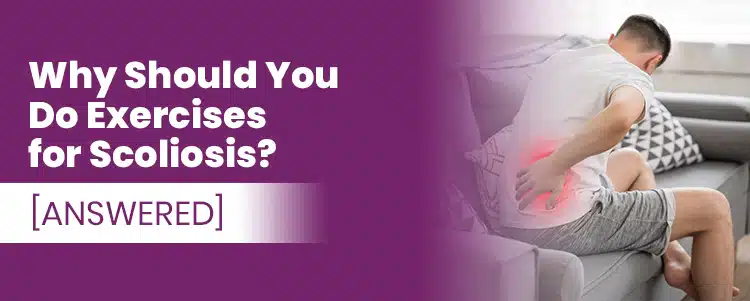

Why Should You Do Exercises for Scoliosis? [ANSWERED]
Stronger muscles are better able to support the spine, reducing back pain, and the condition is less likely to progress as quickly as in someone with less core stability and strength.
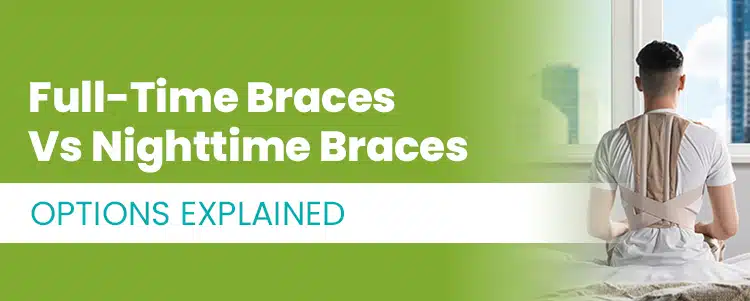

Full-Time Braces Vs Nighttime Braces [ Options Explained]
There are different types of braces to help and treat scoliosis. Traditional type braces and other modern corrective bracing can be worn based on patient needs.
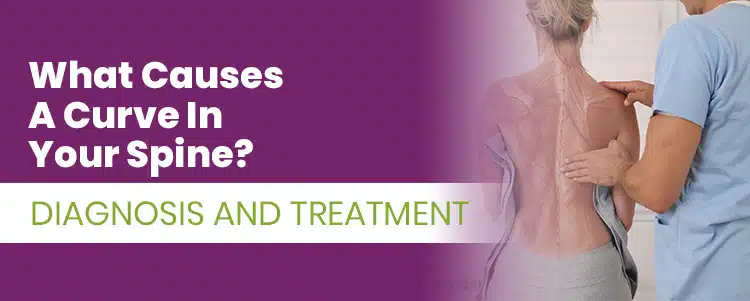

What Causes A Curve In Your Spine? Diagnosis And Treatment
Healthy spinal curves support strength and flexibility, while unnatural curves can lead to misalignment and issues, underscoring the need for proper spinal care.
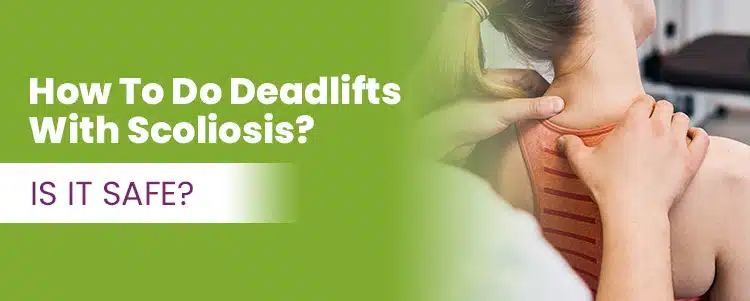

How To Do Deadlifts With Scoliosis? Is It Safe?
When done carefully, in moderation, and conjunction with conservative scoliosis treatment, most exercises are safe, including lighting weights.
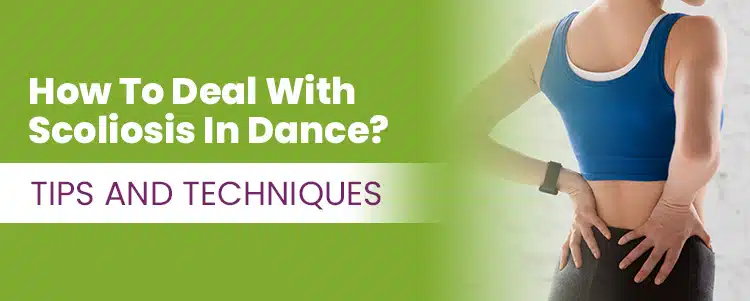

How To Deal With Scoliosis In Dance? Tips and Techniques
Some exercises are not recommended for scoliosis patients, such as dancing. But with proactive treatment, patients could continue with their dancing career.
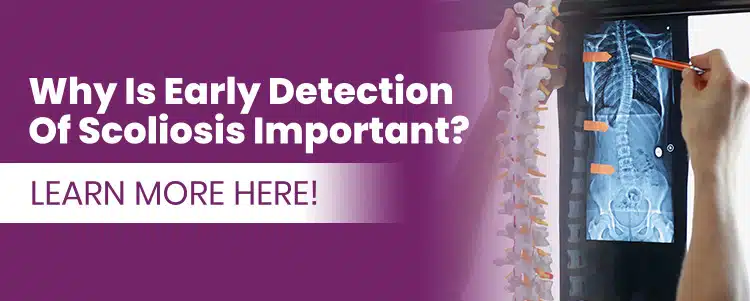

Why Is Early Detection Of Scoliosis Important? Learn More Here!
When left untreated scoliosis grows undetected. Early detection is often the best chance of keeping scoliosis progress at bay and reaching treatment success.
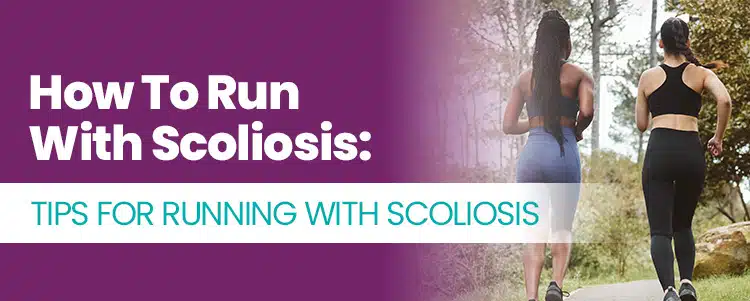

How To Run With Scoliosis: Tips For Running With Scoliosis
Some physical activities might be considered safe for some patients and not for other patients.
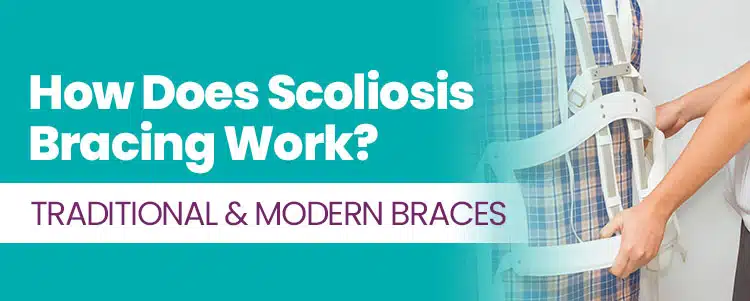

How Does Scoliosis Bracing Work? Traditional & Modern Braces
Scoliosis braces differ: traditional aims to stop, modern for correction. Learn about these treatment approaches.
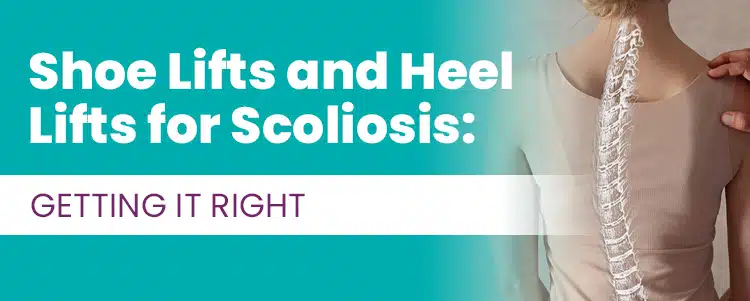

Shoe Lifts and Heel Lifts for Scoliosis: Getting It Right
Scoliosis treatment requires a comprehensive approach. Shoe lifts can be beneficial for reducing pain and improving posture.
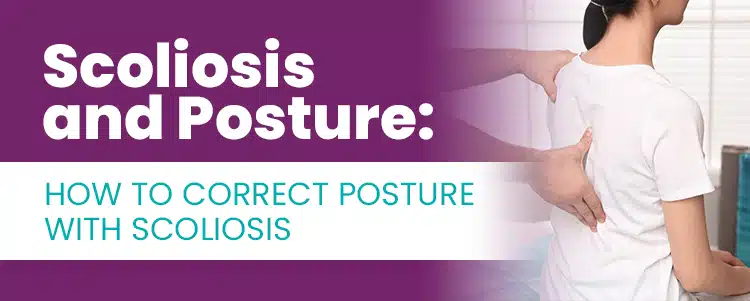

Scoliosis and Posture: How To Correct Posture With Scoliosis
Scoliosis in children shows as postural deviation, while adults may experience pain.
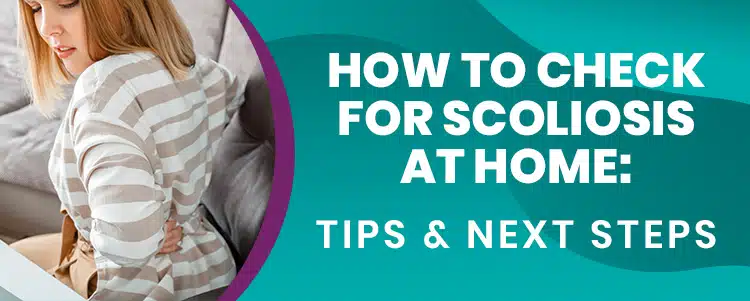

How To Check For Scoliosis At Home: Tips & Next Steps
For progressive conditions like scoliosis, early treatment is beneficial. Uneven shoulders and hips can indicate adolescent idiopathic scoliosis.
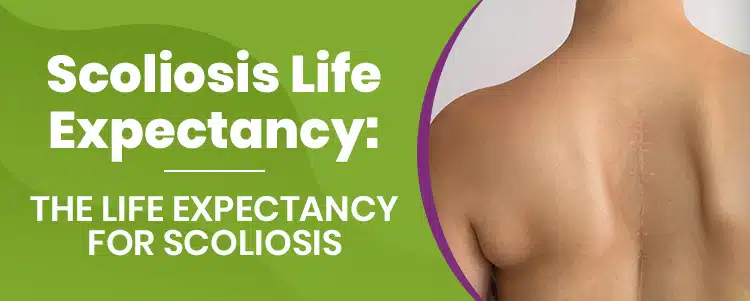

Scoliosis Life Expectancy: The Life Expectancy for Scoliosis
Scoliosis has different severity and types; on its own it isn't a life-threatening condition.